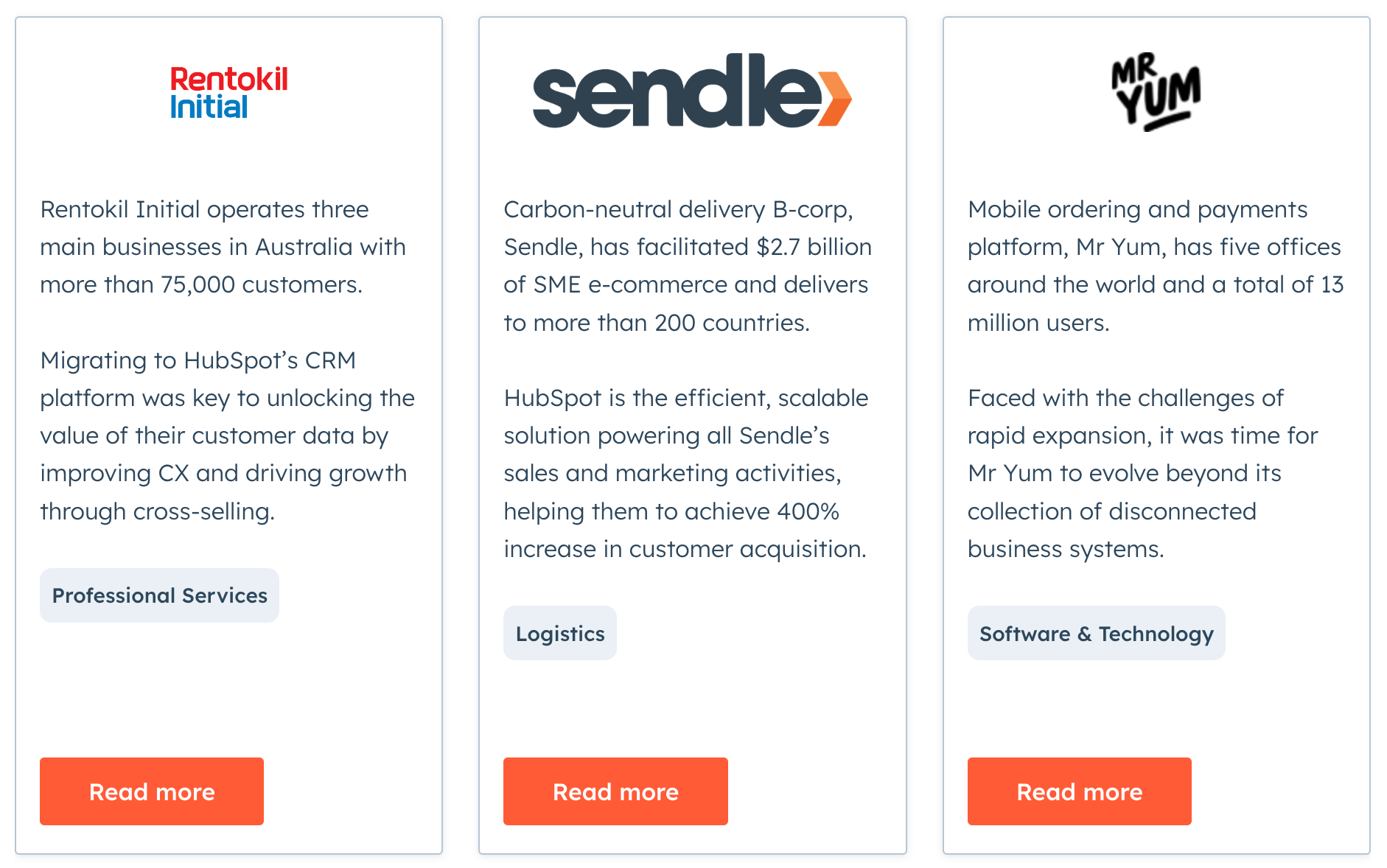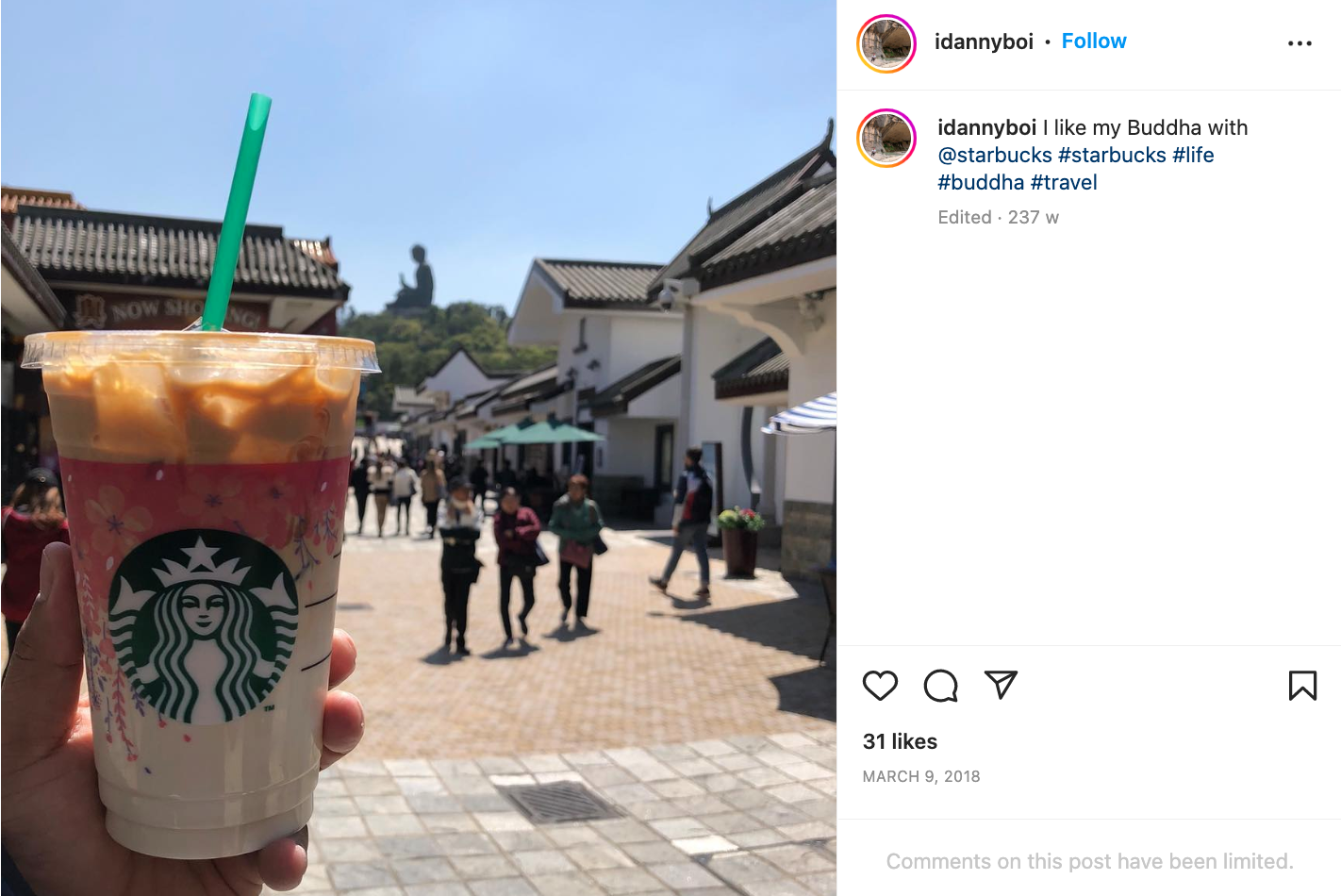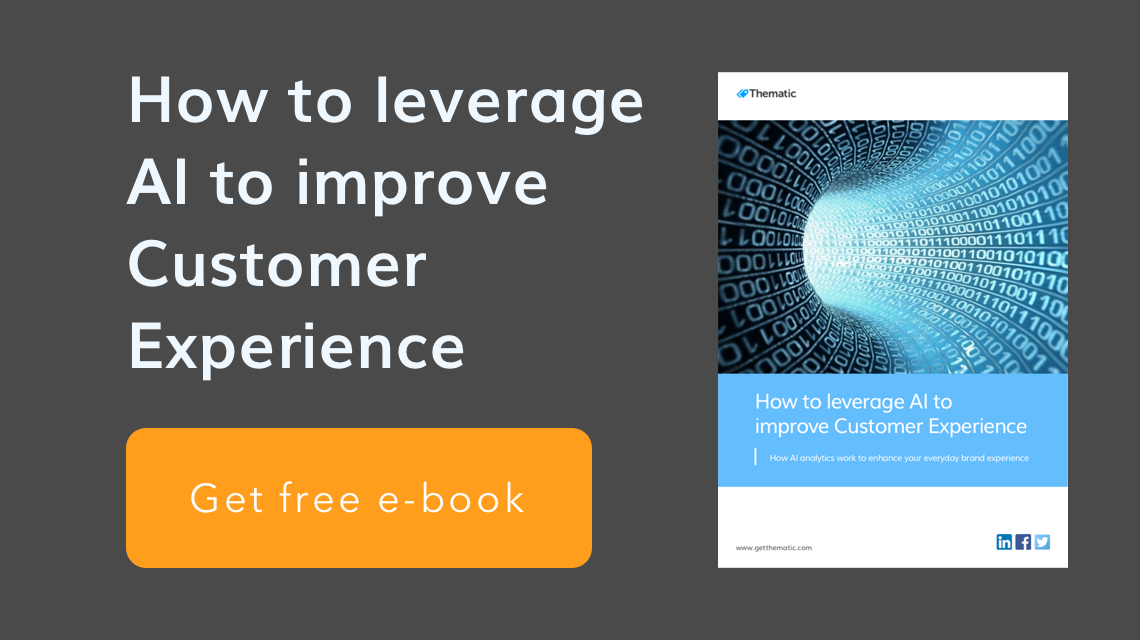4 best practice examples of customer retention
The most valuable customer is the one you never lose. Here are some best practice examples we’ve selected as a great way to build customer retention. Can you use this as inspiration to create something similar for your brand?
1. TOMS: “One for one” – An altruistic mission
If you’ve seen Simon Sinek’s TED talk “Start with Why”, you know how important it is for brands to stand for something meaningful, having a mission and in other words, having a “reason why”. Sometimes it’s just this that makes a brand have a meaningful connection with its customers and a reason for them to stay loyal.
Making the world a better place is something that TOMS has mastered, and in fact built an entire business model around.
“TOMS has integrated old-fashioned, for-profit entrepreneurship with new-wave, bleeding-heart philanthropy”, says Jessica Weiss, Fast Company. For TOMS it’s about “improving lives”, and they do so through their “One for One” policy — for every pair of shoes purchased, they give a pair to people in need, so far donating over 60 million pairs of new shoes (at time of collecting this data).
Since, the initiative has grown to help ensure clean water access, improving maternal health care, and supporting other organizations through themed products, such as specially made shows that shared profits with charities such as the Wildlife Conservation Society.
Making a positive change in the world is becoming more important for more people and as consumers, we are more attuned to the altruistic and environmental effects that our buying habits have beyond mere consumption.
The lesson here is not to market altruism for the sake of it though, it’s about finding something that your community cares about and associating your brand around it.
2. HubSpot: Leverage social proof
Oftentimes, us human beings suffer from FOMO. We trust online reviews, more than 60% of us do, and when we see that others are using a product, we want to know what we’re missing out on. The best advertising sometimes isn’t the one we pay for, it’s a fact that customers are more likely to trust opinions from family, friends, and other consumers more than branded content and ads.
This is where it gets interesting. Using social proof in form of testimonials, we can show prospective customers the value of our products.
 Source: HubSpot
Source: HubSpot
This not only helps when acquiring new customers, testimonials and additional information convinces existing customers to stick around or upgrade their products. A good way to approach this is to highlight your already loyal customers and showcase their stories on your channels. Make it easy for your customers to submit testimonials either by making it a part of your surveys or in your client portal.
Spread the word on your website and social media and get them to share it on, too.
3. Starbucks Rewards

Image credit: Starbucks
Starbucks offers its US residents one of the most popular loyalty programs there is. The Starbucks Rewards program, has helped increase revenue to a huge US$2.65 billion, attributing most of its success to the loyalty program. Sure, it may seem simple, but there are a few hooks for consumers that make it hard to resist.
The basics are a points-based system where their customers not only earn stars for purchases at the retail outlets, but also receive free coffee on their birthdays and can order ahead using the mobile app. But it doesn’t end there. It also rewards shoppers who engage with the mobile app on an increasingly frequently basis. The brand then offers personalized offers and challenges to earn more stars, and if they are a true loyal customer they eventually reach gold card status, meaning free drink refills and food offers.
What makes it so great?
Firstly, they offer a great mobile experience, so whenever a customer checks in they receive new, limited time, bonus offers. This keeps their fans engaged on a continuous basis.
The program is doing very well as it generates around 6 million sales per month, which makes up for approximately 22% of all US sales for the franchise.
Second, Starbucks also rewards for grocery product purchases, making it even easier to get stars and buy their products. As they sell multiple products outside of their retail locations, such as coffee beans, tea, K Cups and ready to enjoy drinks, customers can get stars for those too.
Finally, a big part of their success is creating exclusivity around their Gold Card. For consumers who like to feel special, they can they achieve “Gold Level” status by getting 30 stars in a 12-month period. Some of the perks that can be enjoyed are free refills on ice, tea and brewed coffee, free food and drink offers and a personalized gold card.
It seems customers who love Starbucks also like to show their affection via posting on social media what they are drinking and sharing the love this way.
 Image credit: @danny_oh_boy
Image credit: @danny_oh_boy
4. AT&T Thanks
A great example, demonstrated by AT&T, is offering customers pre-sale access to event and concert tickets. At AT&T you’ll need to have bought a certain mobile data plan.
Highly personalised and targeted emails, including a salutation with the customer’s name and offering early access to buy tickets to see a band they like, ensure higher interest than a generic offer.
Personalization is an obvious benefit to both the customer and the brand, as it allows you to increase customer retention by more relevant and tailored experiences with the brand. Personalization requires you to collect data about your customers that you can later use to make recommendations and tailor promotions to each customer’s individual needs.
You can read more about customer retention and satisfaction in our blog post 3 key drivers of customer satisfaction, according to David Raab.





